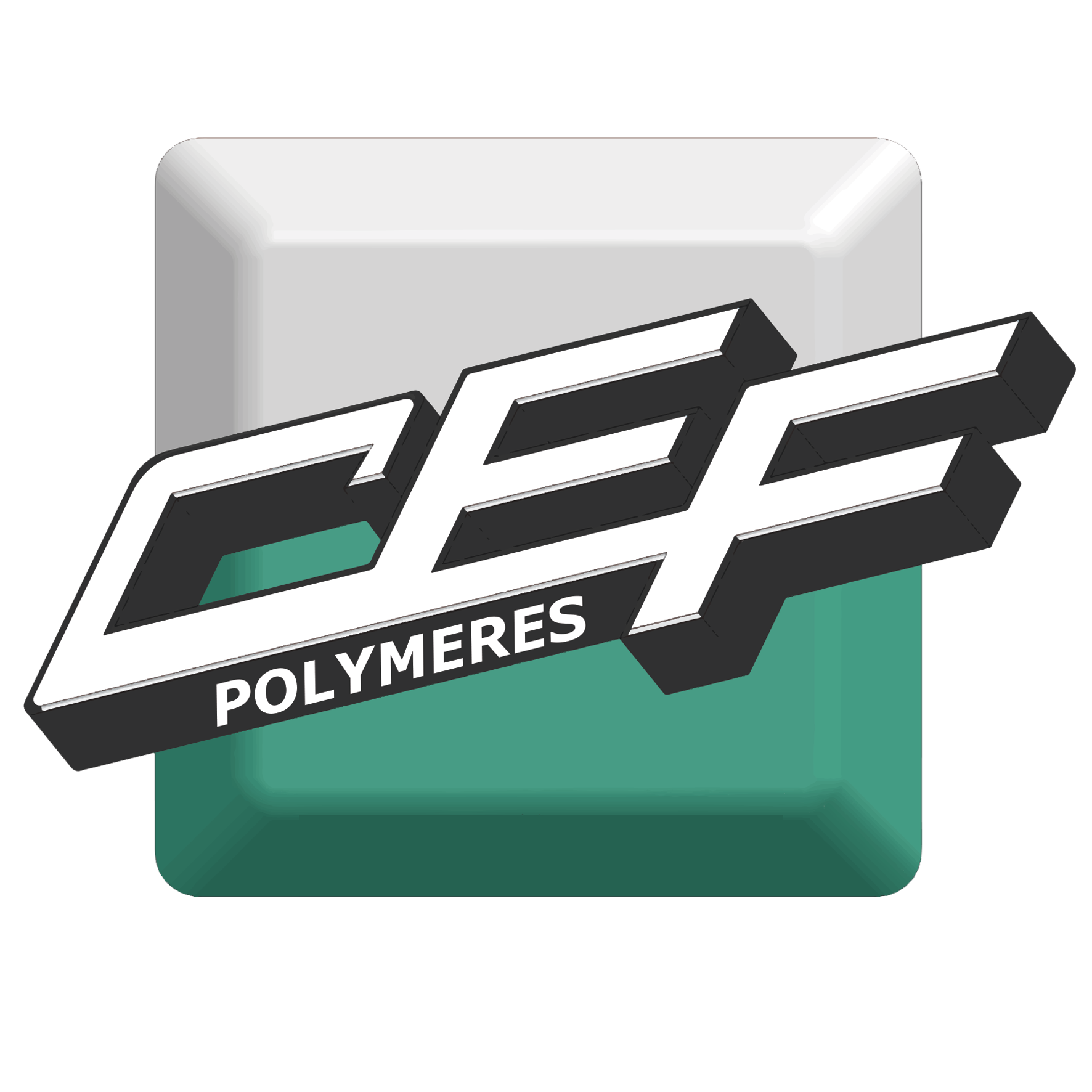FAQS / BLOG
Did you know?
POLYURETHANE STRATHANE
Why choose Strathane over rubber? Let's compare the two materials:
Abrasion and tear resistance
When it comes to abrasion and tear resistance, it's no secret that Stathane polyurethane outperforms rubber. In applications where abrasion is an important factor, Stathane is known to far outperform other materials.
Elasticity and compression
Stathane mechanical components have equal elasticity and strength, so they can be stretched, compressed and returned to their original shape. Plastic or rubber can crack and not return to their original size. In terms of compression, Stathane is also better, with a wider range of hardnesses from 20 Sh A to 85 Sh D to suit all applications.
Temperature resistance
As far as temperature resistance is concerned, Stathane has good heat resistance. It can remain flexible at low temperatures, whereas rubber tends to harden. It's important to note that rubber parts can be more effective than polyurethane ones in very high-temperature applications.
Chemical and ozone resistance
Polyurethane parts outperform rubber in terms of chemical and ozone resistance. They retain impressive resistance to oils, greases, fats, hydrocarbons and solvents. Although rubbers have good resistance to organic acids, alcohols, ketones and aldehydes, they are no match for polyurethane when compared to other chemicals. However, given the diversity of our products, we recommend that you ask us questions to validate their resistance.
How to produce expensive polyurethane parts with reduced tooling costs
Usually produced in aluminum or steel, molds for the production of polyurethane parts can be expensive and not justified for the production of parts in very small series. Our process requires good temperature resistance to respect the part geometry. We develop 3D-printed molds from high-performance resin.
Strathane polyurethane R and M series comparisons
|
SERIE M |
SERIE R |
|
Benefits |
Benefits |
|
Not very sensitive to humidity |
Adjustable pot life |
|
Easy mixing |
Low toxicity |
|
Easy to use |
Resistance to hydrolysis |
|
Easy to reach high hardnesses |
Wide hardness range |
|
Linear viscosity rise |
|
|
Disadvantages |
Disadvantages |
|
Difficulty reaching low hardnesses |
Mixing and processing sensitivity |
|
Toxicity |
Exponential rise in viscosity |
|
M series POLYOL ETHER |
R series POLYOL ESTER |
|
Benefits |
Benefits |
|
Resistance to hydrolysis |
Solvent resistance |
|
Resistance to micro-organisms |
Resistance to hydrocarbons |
|
Good low-temperature performance |
Good high-temperature performance |
|
Good resilience |
Good tear resistance |
|
|
Good abrasion resistance |
|
Disadvantages |
Disadvantages |
|
Low resistance to solvents |
Sensitivity to hydrolysis |
|
Low tear strength |
Sensitivity to micro-organisms |
|
|
Low resilience |
Is Vulkollan® the best polyurethane?
Vulkollan® is a polyurethane elastomer created after the war by Bayer, now Covestro. It is produced by the reaction of an NDI Desmodur © 15 diisocyanate and a polyol. Being the first of its kind on the market, it had the reputation of being the best polyurethane elastomer. Is this still the case?
There's no doubt about it: for dynamic applications, its properties mean long life and enhanced performance. But we still need to define what we mean by dynamic. For simplicity's sake, we can consider dynamic applications to be those where the material will have to take on a significant point or permanent load with a high operating cycle, resulting in internal heating of the material. This can have a detrimental effect on longevity and performance.
Vulkollan also offers the advantage of good abrasion resistance.
The reaction of isocyanates and polyol requires demanding process control, and does not allow for long storage of the material prior to processing. The high raw material cost and demanding post-curing cycle, lasting several weeks, also mean long lead times.
The NDI hardness range is limited to 80 - 95 Sh A. Vulkollan ® does not permit either low or high hardness in Sh D.
These requirements represent a major risk for processors in producing parts that do not meet the desired dynamic requirements.
Are there any alternatives?
TDI + MBOCA systems have long been an economical alternative, but never an equivalent to NDI. What's more, MBOCA is an amine suspected of being carcinogenic, and is currently banned from processing in Europe, except by derogation.
Other TDI + MCDEA Lonzacure® elastomers are also available for dynamic applications. However, their cost does not currently allow them to compete effectively with Vulkollan.
Research into polyurethanes over the last few years has led to the development of new MDI-type materials which give highly satisfactory results for dynamic applications (see our Strathane U series formulation).
Part geometry is also an important variable in the quality of the parts produced. Good design can reduce heat build-up.
Conclusion
Part design becomes strategic. Where Vulkollan once offered ease of design, today it may be necessary to think in terms of part geometry, so that the energy absorbed can be better dissipated. Our engineering department is at your disposal to optimize the design of your dynamic parts.
ANTIBIVRATORY
45% of working people consider noise at work to be a source of aggression
52% of working people consider that noise in the workplace affects their private life, with 60% reporting fatigue, weariness and irritability, and 32% sleep disturbance. Only half of French workers consider that their employers take noise sufficiently into account. 51% of respondents have consulted a doctor, or are considering doing so, because of noise-related discomfort in their workplace, and 30% have already requested or are considering taking time off work for the same reason. As a result of the findings of the association's survey, 70% of those questioned are ready to make efforts to reduce the effects of noise pollution.
